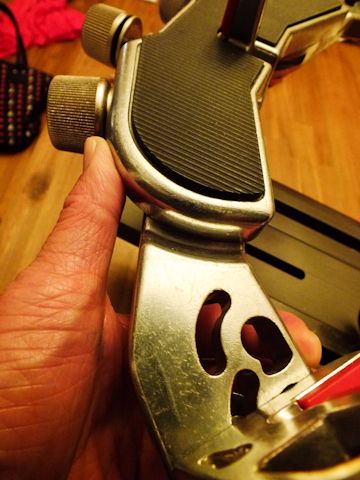How much effort it takes to secure the fame on 6 point mount machines, ie, gamma 602 fc, alpha pioneer dc plus?
I just finished restringing on my X-2. 1/3 into working on the main, I came to realize one of the plastic adapters was not in tight contact with the frame. I fixed it right away. However, this is one of the things I have to pay extra attention when operating on X-2 or its kind. It is annoying the least.
So the word update crossed my mind again. I want to find out how the frame is secured on those 6 point mount machines before taking the idea further. While machine like X-2 can produce good result too. I just need to be careful every step away. At times it is distracting.
I just finished restringing on my X-2. 1/3 into working on the main, I came to realize one of the plastic adapters was not in tight contact with the frame. I fixed it right away. However, this is one of the things I have to pay extra attention when operating on X-2 or its kind. It is annoying the least.
So the word update crossed my mind again. I want to find out how the frame is secured on those 6 point mount machines before taking the idea further. While machine like X-2 can produce good result too. I just need to be careful every step away. At times it is distracting.

 [URL=http://s107.photobucket.com/user/tennisbike/media/Misc/20161213Gamma2_zpshl88fb0y.jpg.html]
[URL=http://s107.photobucket.com/user/tennisbike/media/Misc/20161213Gamma2_zpshl88fb0y.jpg.html]
